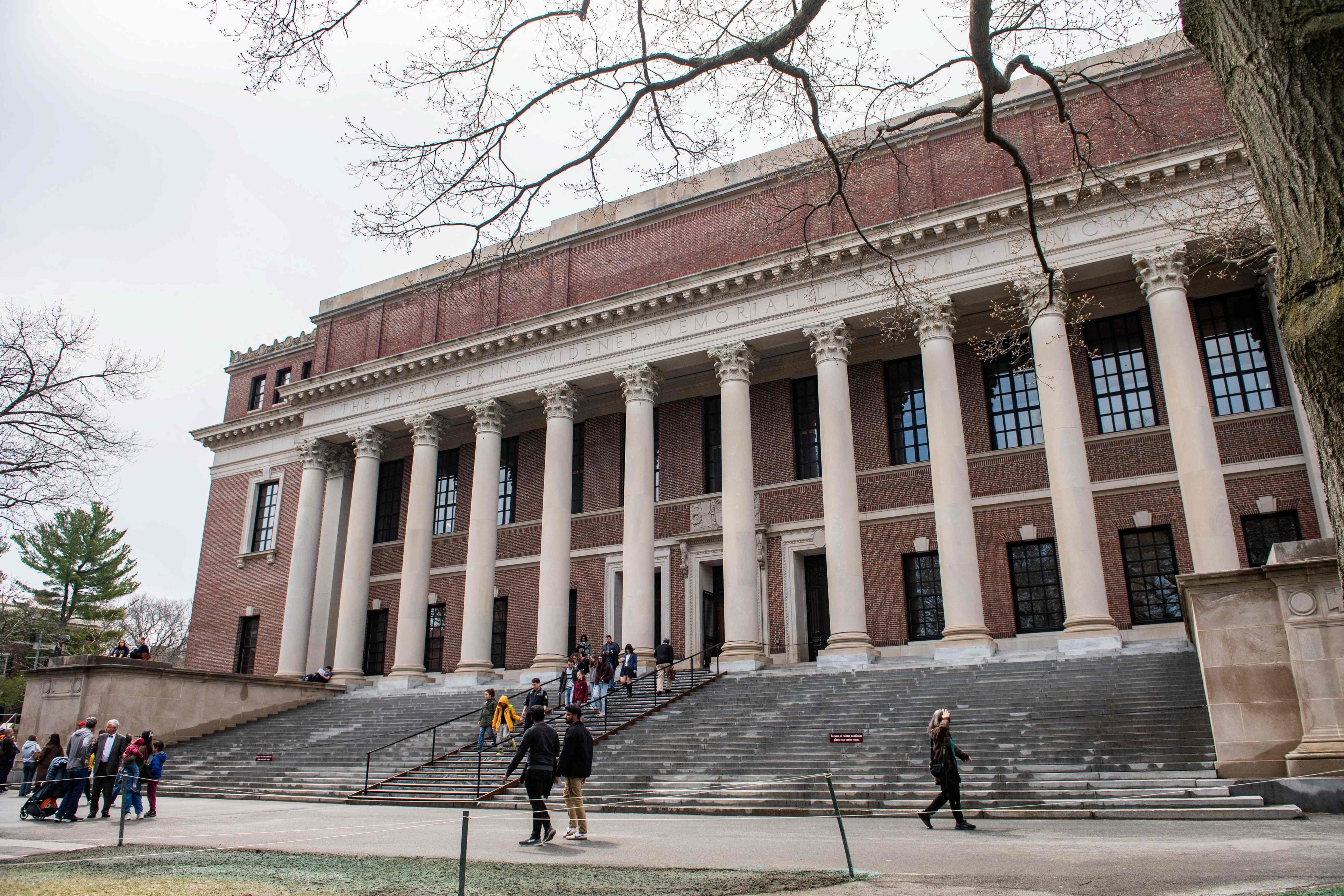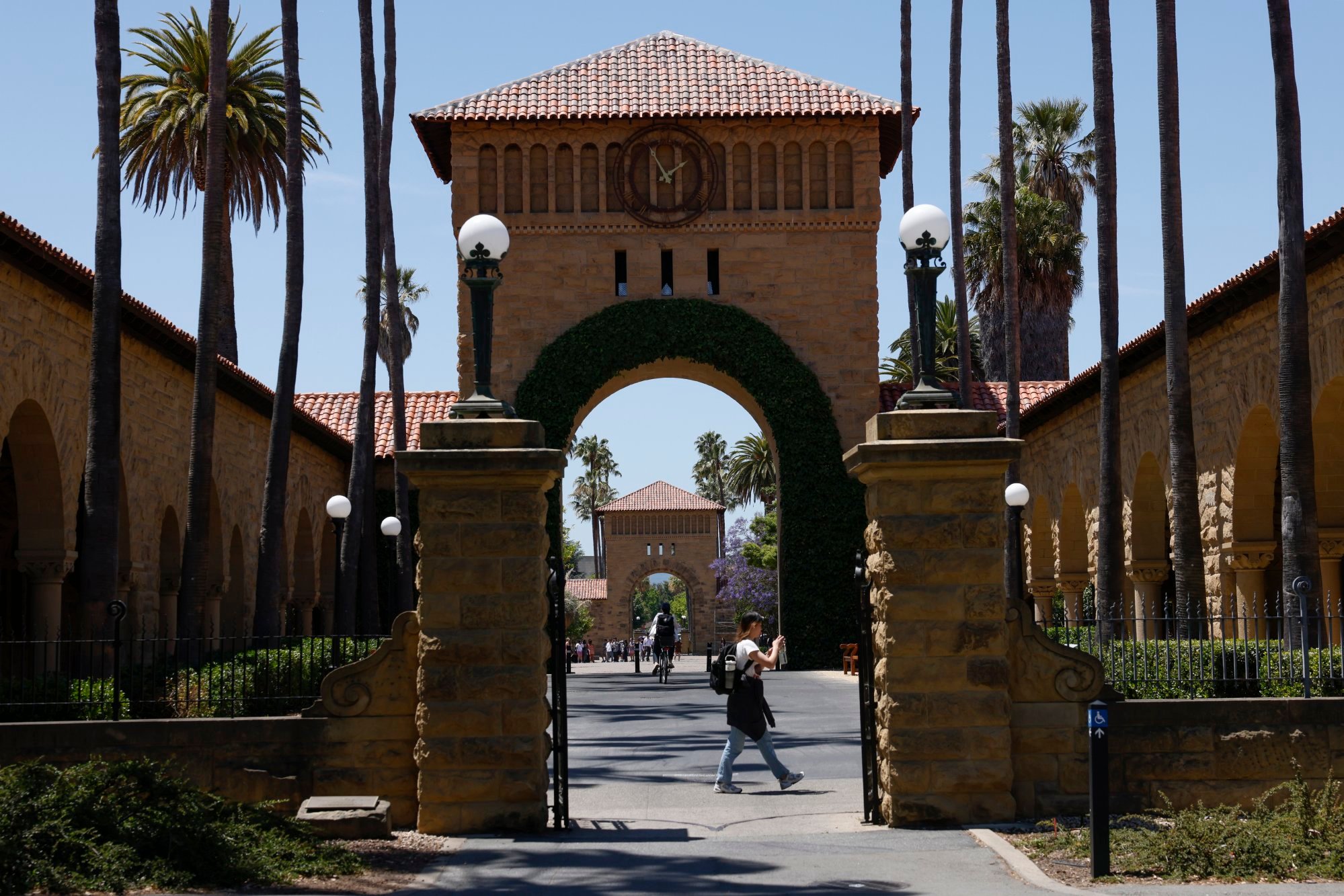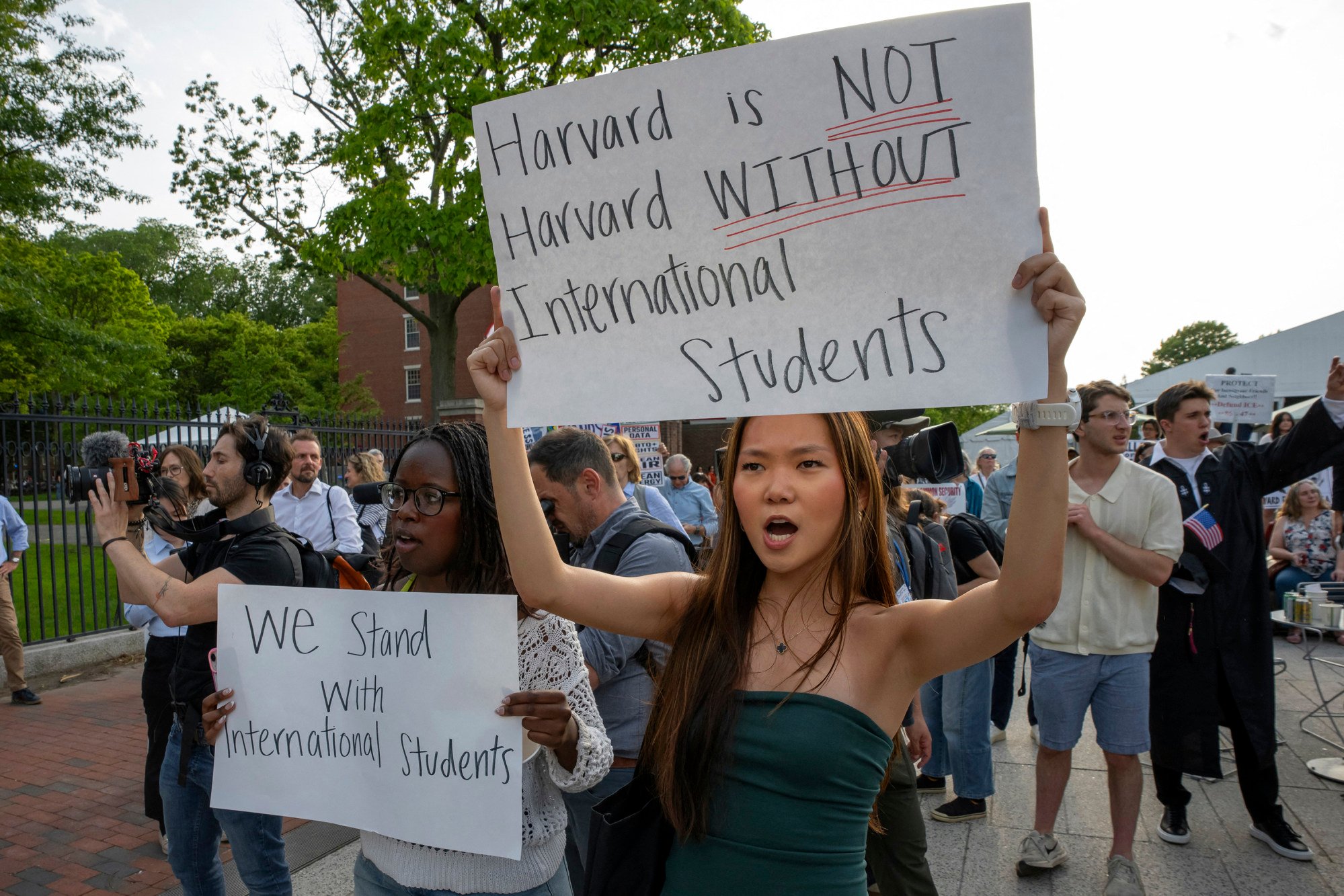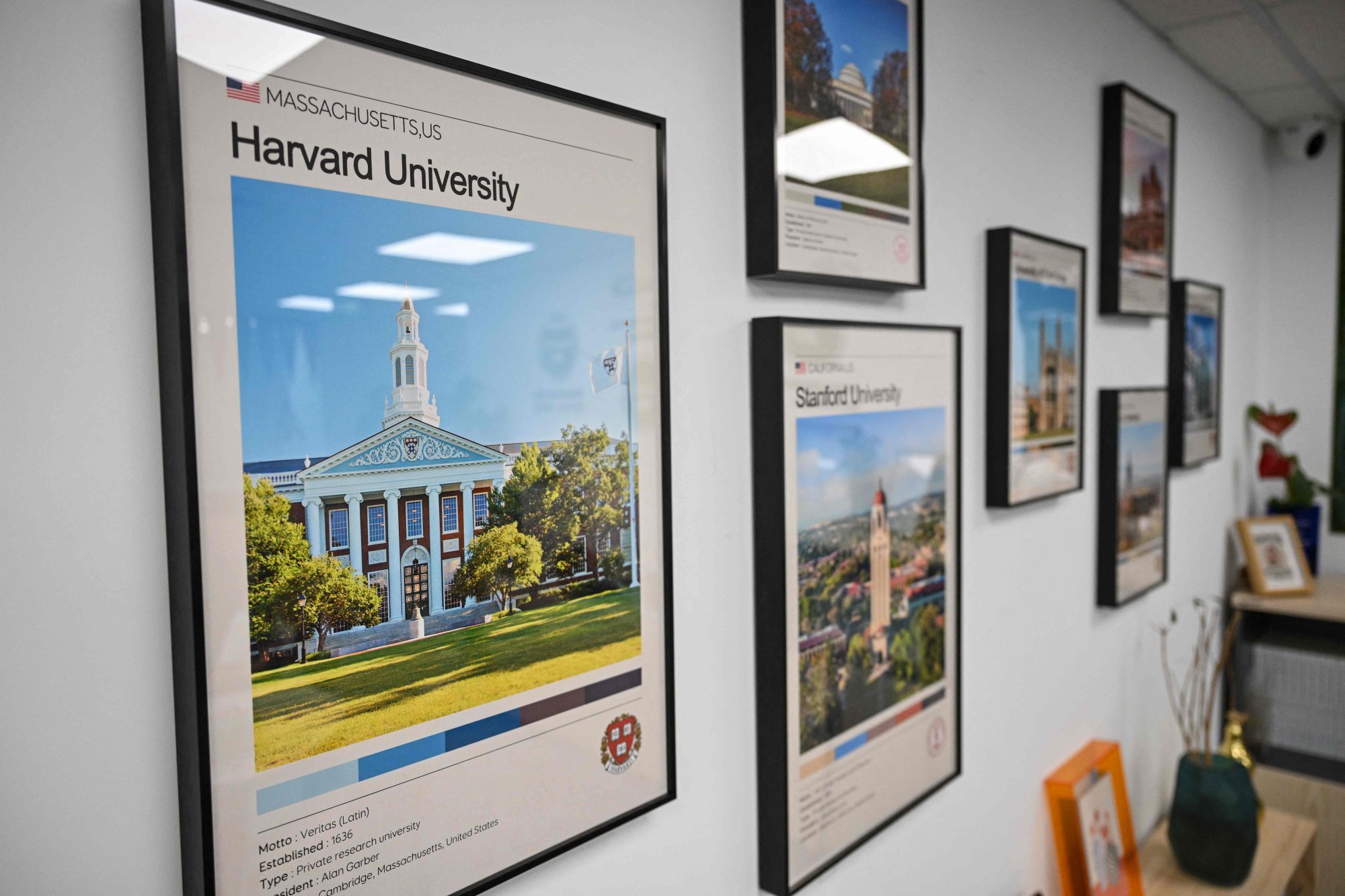‘Uncertainty has costs’: the Asian students rethinking US education plans
International students caught in the crosshairs of shifting policies are questioning whether the rewards of studying in the US still outweigh the risks

As a teenager in military-ruled Myanmar, Muang* viewed a US college degree as the ultimate escape – a passport to freedom, stability and a future unbound by the limits of a junta-run state.
At 19, he made it. A full scholarship to one of America’s most prestigious universities marked the culmination of years of perseverance. But today, that hard-won dream feels precarious.
“You grow up in a country where it’s a dictatorship and you don’t have any opportunities to build your own life,” Muang said. “Every kid’s dream is to get a scholarship, go abroad, get their education, and work their way up to build a life and career. I was like that once.”
“Sometimes I feel the American dream is more alive in Myanmar than it is in America.”
Muang’s unease is shared by a growing number of Asian students who once saw the US as the gold standard for higher education. Amid rising visa uncertainty, harsh rhetoric and sweeping new restrictions under US President Donald Trump’s second administration, many are now asking whether the rewards of studying in the US still outweigh the risks.
Among the most consequential changes: the suspension of student visa interviews, threats to revoke access to elite universities such as Harvard, and a tightening net around applicants’ digital footprints.
Roughly 1.12 million international students currently enrolled in US higher education institutions now find themselves caught in the crosshairs of these shifting policies.
In the 2023–24 academic year, international students contributed US$43.8 billion to the US economy and supported more than 378,000 jobs, according to the NAFSA Association of International Educators – surpassing the previous record set in 2018–19.
But this upward trajectory may soon be reversed. Last month, US Secretary of State Marco Rubio announced that Washington would begin “aggressively” revoking visas issued to Chinese nationals, while intensifying scrutiny of all student visa applications from mainland China and Hong Kong.
Chinese students currently make up the largest international cohort in the US, with more than 277,000 enrolled – accounting for nearly a quarter of all foreign students, according to the Open Doors report backed by the State Department.
With the policy landscape growing increasingly unpredictable, education experts say prospective students are rethinking their choices. It is no longer just about securing a top-tier degree – it is about whether they can expect long-term stability, both during their studies and beyond.
“Now more than ever, students are applying to a broader range of universities – not just in the US, but also in the UK, Canada, Australia, Europe, Hong Kong, and even in Singapore,” said Joanne Gao, a regional manager at Crimson Education, a university admissions consultancy in Singapore.
“It’s a smart move to boost their chances and find the right fit, rather than putting all their eggs in one basket,” she added.
This shift comes as the Trump administration continues to tighten immigration channels. Earlier this week, Myanmar – Muang’s home country – was among 12 nations added to a sweeping new travel ban, designed to block refugee admissions and further restrict migrant pathways.
But even before the announcement, Muang cancelled all overseas trips, fearing that he may not be allowed to return.
He said: “If I had left the US [for summer break] then I would’ve been in a very different place. I would’ve lost everything I’ve been building up towards my whole life. For a lot of us, the only thing we have in our lives is an admission letter and a promise of scholarship.”

Alternative pathways
Caught in a similar bind, Jerry*, who is among the 151 Singaporean students at Harvard University, described a climate of fear and anxiety on campus, with most students feeling overwhelmed with uncertainty on the state of their student visas.
Harvard students were thrown into limbo after the Trump administration said it had revoked the school’s Student and Exchange Visitor Programme certification with immediate effect. Some 6,800 international students in the Ivy League college were given an ultimatum: transfer to another university, or face deportation.
The move was subsequently blocked by a federal judge and earlier this week, the US State Department directed all US missions abroad and consular sections to resume processing Harvard University student and exchange visitor visas.
“Worst-case scenario, your visa is cancelled, your funding is cut, you’re unable to continue your studies. But even if it’s just uncertainty and those possibilities never come to pass, uncertainty has costs as well,” Jerry said.
“Your work is on pause, your travel plans are on pause, and in that sense the uncertainty that a lot of students feel already is a detriment.”
Singapore is the latest country to offer placements to Harvard students affected by recent developments. A spokesperson from the education ministry said the republic’s six autonomous universities “stand ready to support Singaporean students in Harvard if they wish to continue their studies in Singapore”.
Other institutions such as the Hong Kong University of Science and Technology have also opened their doors to accommodate students affected by the US administration’s new policies.

However, these alternative pathways offer little comfort to 18-year-old Malaysian Sarah Lin, who has long held aspirations of enrolling in Harvard.
She is among the 14,000 Malaysians who scored straight A’s in last year’s Malaysian Certificate of Education exams, the country’s equivalent of the GCSE.
“I had a Harvard sticker pasted on my desk in school, a gift from my aunt who studied there before,” Lin told This Week in Asia.
“I don’t know if I could even get in, but to have that opportunity totally taken away feels unfair.”
Last week, Majlis Amanah Rakyat, a Malaysian government agency that provides educational and financial assistance to indigenous students, said it would stop sending its scholarship students to the United States from this year onwards.
“We will send them to continue their studies in similar fields in countries such as the United Kingdom, New Zealand and Australia, and even Japan and China. The cost is also cheaper than studying in the US,” its chairman Asyraf Wajdi Dusuki said at a press conference with local media.
Still, education experts say the allure of an American degree is unlikely to fade despite the turbulence under the Trump administration, pointing to the long-term value of US credentials in the global job market.
“We could very well see a complete reversal in policy towards international students when a new administration comes into power,” said Kelvin Seah, an economics lecturer at the National University of Singapore.
“Students are ultimately attracted to the quality of education and the top US universities are essentially producers of such education. So, if and when, conditions become favourable for foreign applicants again, the US will likely feature as a top destination again.”

Indeed, American institutions continue to dominate the upper tiers of global rankings. Seven US universities – including MIT, Harvard and Stanford – placed in the top 20 of the 2025 QS World University Rankings.
Gao of Crimson Education said this deep-rooted reputation was difficult to erase. She cited an episode in 2020 when the Trump administration attempted to deport international students attending online-only classes – a decision that was later reversed amid public outcry.
“Perceptions might shift for now, but once things settle, this will likely be seen as just another chapter. For students, especially in Singapore, it’s hard to overlook the long-standing reputation of the US as a top destination for higher education,” she said.
Still, the uncertainty has proved too much for some students like Pratyush Taing, a 19-year-old student at Shri Ram College of Commerce in New Delhi, who has given up on dreams to study in an Ivy League university in America.
“While the current administration is in power, we can never be sure when our visas will be revoked. It is our parents’ hard-earned money after all that we spend there. It will be very painful for us to go back,” she said, adding that pursuing an education in the US had become “no big deal” for her.
Her friends in Ivy League colleges are rightfully fearful over their visa status, with some even going as far as cleaning up their social media accounts.
“Is it not ironic for the pinnacle of freedom and liberty to be doing this especially to students?” Taing said. “I was thinking of studying in an Ivy League college previously, but now I plan to pursue higher studies in India.”
*Names changed to protect identity